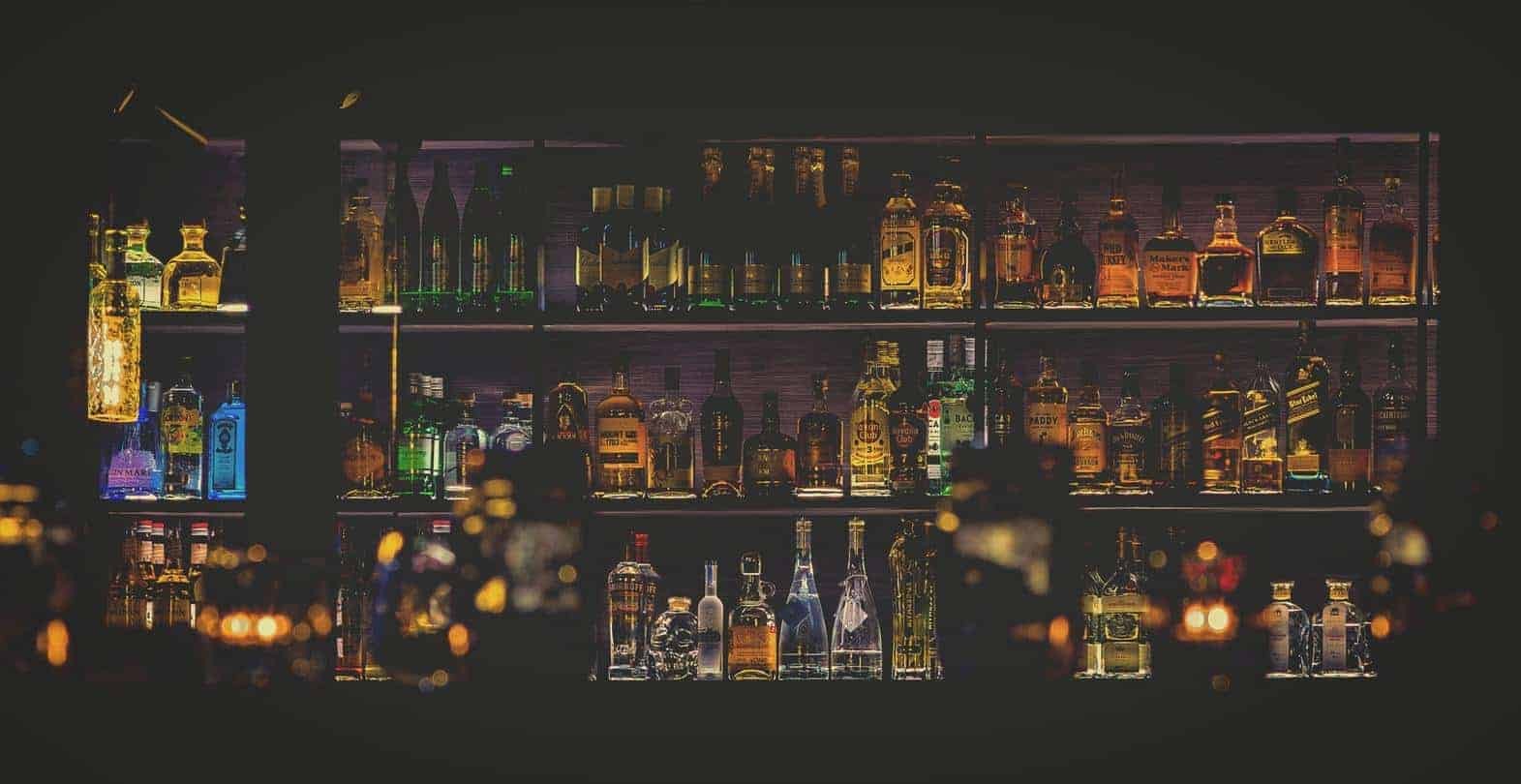Denatured alcohol, also commonly referred to as methylated spirits, is ethanol with added substances, known as denaturants, that render it unfit for human consumption. These denaturants are specifically chosen to make the alcohol taste bad, smell unpleasant, and cause nausea, effectively deterring individuals from drinking it.
The denaturing process removes the characteristic of drinkability from the alcohol. Denatured alcohol can have an alcohol content as high as 99% and can be extremely dangerous if ingested.
Why is Alcohol Denatured?
The primary reason for denaturing alcohol is to make it toxic and prevent its consumption as a beverage. In many countries, a dye is also added to give denatured alcohol a distinct color, typically pink or blue, making it easily identifiable. This is usually achieved with aniline dye. But why make a potentially usable drink toxic?
One significant reason is to safeguard public health. The alcohol content in denatured alcohol can range from 70% to 99%. Consuming such high-proof alcohol can lead to blindness and even death. By adding denaturants, the risk of accidental or intentional consumption is significantly reduced.
10 Common Uses of Denatured Alcohol
Denatured alcohol is a versatile substance with a wide array of applications, from household solutions to industrial uses. It’s an ingredient in products like hand-carved furniture, hand sanitizers, and various cosmetics.
-
Cleaning Agent
Denatured alcohol is known for its antibacterial properties, making it an effective cleaning agent. It can be used on various hard surfaces such as wood, plastic, and glass. As a solvent, it can dissolve grease and stains, and even remove light scratches from some surfaces.
The quick evaporation of denatured alcohol enhances its effectiveness as a cleaner. It leaves no streaks on mirrors or windows and can be used to clean metal parts without causing damage.
-
Medical Disinfectant
Its antibacterial properties make denatured alcohol a staple in medical settings for cleaning and disinfecting surfaces. It prevents the growth of bacteria and kills existing bacteria.
Denatured alcohol is also a key ingredient in hand sanitizers, where its disinfectant properties efficiently kill bacteria.
-
Cosmetics
The antibacterial properties of denatured alcohol make it a valuable preservative in cosmetics. This is especially important in preventing the spread of pathogens within cosmetic products.
Pathogens are microorganisms that can cause diseases through direct or indirect contact. In cosmetics, pathogens can spoil the product and pose a risk of infection to consumers. Denatured alcohol acts as a vital preservation system, inhibiting the growth of pathogens by driving water out of the product, thus reducing the likelihood of pathogen spread.
-
Specimen Preservation
Specimen preservation involves preserving organisms for long-term observation, morphological studies, and other scientific purposes. Denatured alcohol plays a crucial role in many chemical preservation methods.
Organism samples are submerged in denatured alcohol, which acts as an excellent long-term preservative. Its properties as a killing agent eliminate bacteria on the specimen. The ethanol dehydrates the tissue and cells of the organism, preserving the DNA. The sample is then stored at a cool temperature to prevent decay.
The alcohol concentration is critical in this process. While 90-95% alcohol can be used, 70-75% is often preferred for long-term preservation. This slightly lower concentration keeps the specimen flexible, allowing for future morphological studies.
-
Solvent
Denatured alcohol is a widely accessible solvent, available in most hardware stores. It efficiently dissolves substances like glue, wax, grease, paint, red wine, and ink stains. It can be used on various surfaces, including clothing and furniture, provided the alcohol is not colored.
-
Shellac Production
Shellac is a natural resin used to finish woodwork. Shellac varnish provides a lustrous finish and can be made at home, allowing for control over ingredients and quantity.
When combined with shellac, denatured alcohol creates a sticky substance that is easily applied to wood. This mixture not only gives a brilliant finish but also protects the wood from scratches and UV rays. Adding 2 lbs of shellac to 2 gallons of denatured alcohol ensures the woodwork’s longevity.
-
Sanding Aid
Denatured alcohol can be used as a sanding aid for carpentry projects.
After sanding a piece of wood, wiping it down with a cloth soaked in denatured alcohol removes excess sawdust stuck between the grains. The rapid evaporation process raises these grains, resulting in a noticeably smoother surface.
-
Fuel
Due to its affordability and ease of transport, denatured alcohol is commonly used as fuel in oil heaters, such as small camping stoves. It is a safer alternative as it burns cleanly and can be easily extinguished with water.
However, the flames produced by burning denatured alcohol are colorless, posing a potential burn risk. Caution is advised when using it as fuel.
-
Pest Control
Denatured alcohol is an effective insecticide, used to eradicate infestations such as mealybugs and bedbugs. Like other alcohols, it is poisonous in high concentrations. While it won’t harm plants or sheets, it can effectively eliminate bugs. A higher alcohol content is more effective as an insecticide, unlike the lower percentage used in specimen preservation.
-
Printmaking
In printmaking, rosin is a crucial substance pulverized and used in aquatint. Rosin can be dangerous if inhaled and difficult to remove when wet, becoming incredibly sticky. Denatured alcohol serves as the perfect solvent for dissolving rosin in this state.
Conclusion
Although denatured alcohol is unfit for consumption, it offers numerous benefits and applications. From cleaning and disinfection to preservation and industrial uses, its versatility makes it a valuable substance across various sectors. Understanding its properties and uses allows us to harness its potential while ensuring safety and responsible handling.

